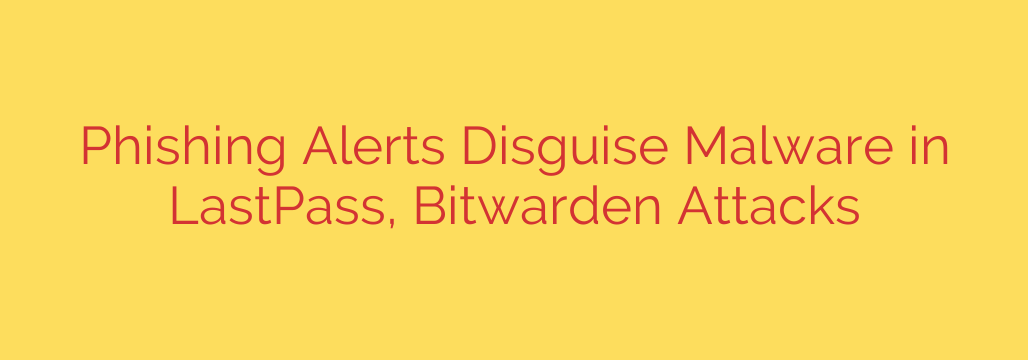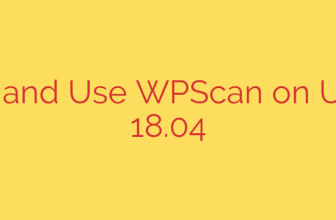
Warning: Fake Security Alerts Target LastPass and Bitwarden Users
You trust your password manager to be a digital fortress, securely holding the keys to your entire online life. Cybercriminals know this, and they are now launching sophisticated phishing attacks specifically targeting users of popular services like LastPass and Bitwarden. This new wave of attacks uses fake security alerts to trick you into compromising your accounts and installing malware.
Staying informed is your best defense. Here’s what you need to know about this emerging threat and how to keep your digital vault secure.
How the Phishing Scam Works
The attack begins with a convincing but fraudulent email that appears to come directly from your password manager provider. These emails are carefully crafted to create a sense of urgency and fear, prompting you to act without thinking.
Common tactics include false warnings such as:
- An alert claiming unauthorized access to your account from an unrecognized location.
- A notification that your master password has expired and needs to be reset immediately.
- A message stating your account has been flagged for suspicious activity.
The goal is to scare you into clicking a malicious link. This link will lead to a fake login page that looks identical to the real LastPass or Bitwarden website. These phishing pages are designed to steal your master password, the one key that unlocks all your other credentials. In some versions of the attack, clicking the link or submitting your information may also trigger the download of malware, infecting your device and exposing you to further risk.
The Unmistakable Dangers of a Compromised Vault
If a criminal gains access to your master password, the consequences can be catastrophic. They don’t just get one password; they get the keys to your entire digital kingdom.
With your password vault unlocked, attackers can potentially:
- Access your banking, email, and social media accounts.
- Steal sensitive personal and financial information.
- Impersonate you online to defraud your contacts.
- Gain access to your workplace accounts, creating a corporate security breach.
The installation of malware adds another layer of danger, allowing criminals to log your keystrokes, steal files, or use your computer as part of a larger botnet.
Actionable Steps to Protect Your Password Manager
Vigilance is critical. Password managers are still one of the most effective tools for online security, but you must know how to spot and avoid these targeted attacks. Follow these essential security practices to stay safe.
Never Click Links in Unexpected Security Emails.
This is the most important rule. If you receive an alert about your account, do not click any links or download any attachments in the email. Instead, open your browser and manually type the official URL (e.g.,lastpass.comorbitwarden.com) or use a trusted bookmark to log in and check for any notifications there.Scrutinize the Sender’s Email Address.
Attackers often use email addresses that look legitimate at a glance. Look closely for subtle misspellings, extra characters, or a different domain (e.g.,lastpass-security.netinstead oflastpass.com). If the sender’s address isn’t from the official domain, it’s a scam.Enable Multi-Factor Authentication (MFA).
MFA is a non-negotiable security layer for your password manager. It requires a second form of verification (like a code from an authenticator app) in addition to your master password. Even if a scammer steals your password, MFA will prevent them from accessing your vault.Be Wary of Urgent or Threatening Language.
Phishing attacks rely on emotional manipulation. Emails that use high-pressure tactics, threats of account closure, or urgent demands are classic red flags. Legitimate companies typically do not use intimidating language in their communications. Take a moment to pause and think before you act.Hover Over Links to Preview the Destination.
Before clicking any link, hover your mouse cursor over it. Your browser or email client will display the actual destination URL in the bottom corner of the screen. If the URL shown does not match the official website address, do not click it.
By staying vigilant and adopting these security habits, you can continue to use your password manager with confidence, ensuring your digital fortress remains impenetrable.
Source: https://www.bleepingcomputer.com/news/security/fake-lastpass-bitwarden-breach-alerts-lead-to-pc-hijacks/








